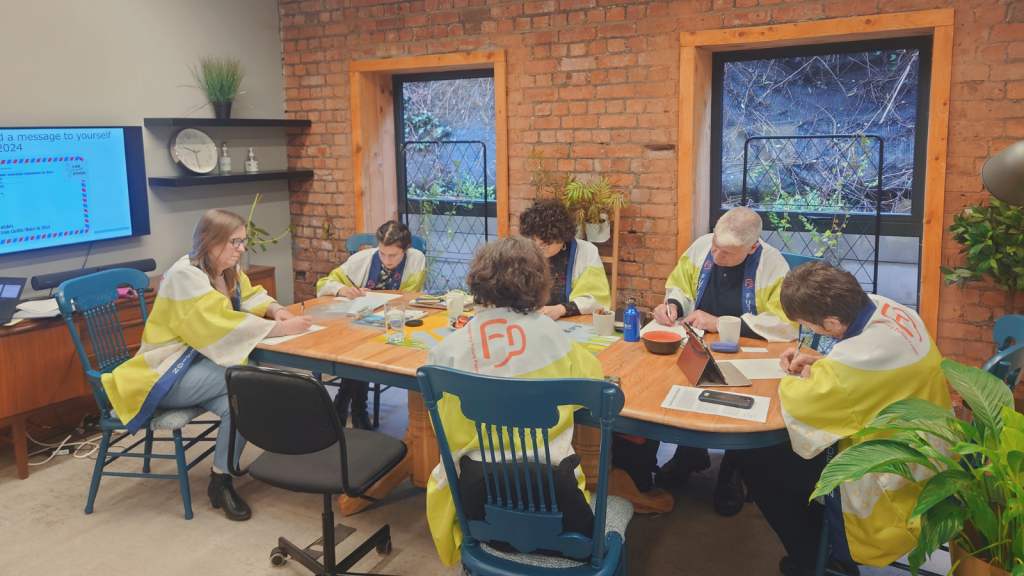
Credit: Masako Ichihara
There are many reasons why we care about the long-term effects of our decisions on our family, our neighbours, our community and our planet. Yet research shows we are ill-equipped to value the future in our decision making. This is one of the reasons why SOIF is delighted to support members of our network who are testing and sharing new approaches to tackle this. Innovative methods like Future Design can help to build governance fit for the challenges we face – as shared in a new report by SOIF US Advisers Suzette Brooks Masters and Karthick Ramakrishnan.
What is Future Design?
Future Design is an emerging body of scholarship and experimental behavioural practice about the use of intergenerational role play and simulation to change attitudes and behaviour towards future generations. It was first developed in Japan, notably by Tatsuyoshi Saijo, a Japanese economist initially at Kochi University of Technology and now the founder of the Research Institute for Future Design.
In the simplest terms, Future Design is a process that embodies (and thus, “makes more real”) a particular community or organisation’s future residents or stakeholders. It combines role play of imaginary future generations (often through the use of ceremonial attire or other markers to indicate time change) with exercises that include design thinking, deliberation, negotiation, and other forms of group decision making.
How can it help with governance?
The UN Summit of the Future, this September, is bringing a growing recognition that policy-making should include future generations. One of the main outcomes of the Summit will be a Declaration on Future Generations setting out how national and global decision making should take future generations into account.
There is a developing body of theory on intergenerational fairness. But how do you put this into practice? In our networks, SOIF convenes experts in policy, governance and futures to share practical experiences and galvanise action, drawing together knowledge and resources.
Future Design is one of these innovations with proven, practical impact. Experiments show three key benefits, all of which are needed across leaders, institutions and policy makers for a more sustainable future:
- greater consideration of long-term impacts of current decisions;
- greater creativity in problem solving; and
- greater empathy across generations.
Future Design and transformational foresight
To achieve transformational change we need interventions that work across leaders, organisations and citizens. Future Design has shown this potential. In some of the leading edge applications in Japan, Future Design has moved from shifting mindsets and solving problems among citizens to enabling leaders and staff in public agencies and businesses to translate ideas into action. It can also help strengthen the capabilities and commitments of governing institutions to implement solutions that are intergenerationally fair.
Future Design shows that intergenerational fairness is not just a theoretical framework; it is a way to make decisions and get things done.
Read more about how to use it in your work in this report by SOIF US Advisers Suzette Brooks Masters and Karthick Ramakrishnan.
